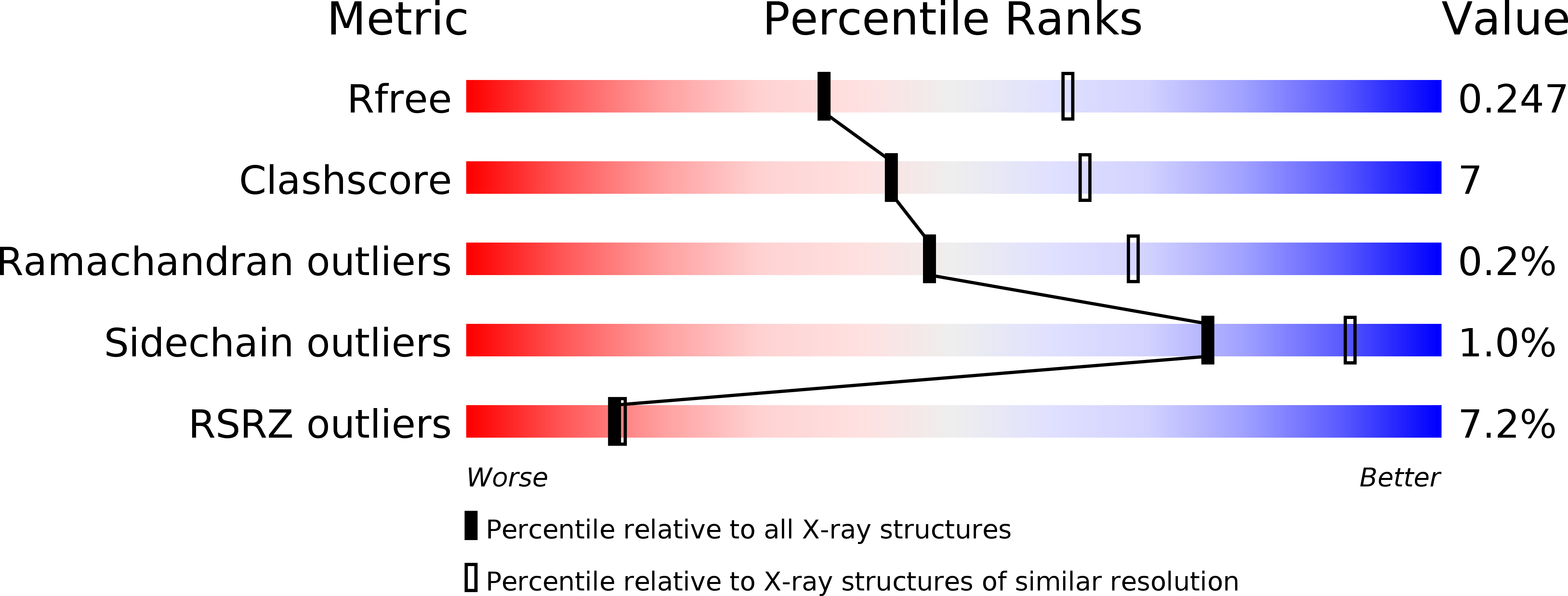
Deposition Date
2012-08-20
Release Date
2012-11-28
Last Version Date
2023-09-13
Entry Detail
PDB ID:
4GP0
Keywords:
Title:
The crystal structure of human fascin 1 R149A K150A R151A mutant
Biological Source:
Source Organism:
Homo sapiens (Taxon ID: 9606)
Host Organism:
Method Details:
Experimental Method:
Resolution:
2.50 Å
R-Value Free:
0.24
R-Value Work:
0.20
R-Value Observed:
0.20
Space Group:
C 1 2 1


